Author: Steve Thanos
When judging to the BJCP guidelines, foam is listed under the category of appearance, which may send the message that its only purpose is making a beer look pretty. However, as many experienced drinkers are wont to point out when receiving a headless pint of American light lager, foam serves as a sort of delivery system for the underlying beer’s aromatic qualities.
While all beers are brewed using the same basic ingredients that contribute the building blocks of foam, there are certain factors that may limit head formation and retention. For this reason, maltsters have created products targeted specifically at improving foam and body, one of the most popular being Carapils, a light dextrin malt that’s produced in a similar fashion as other crystal/caramel malts. Another option that’s received attention of late is chit malt, which is barley that has gone through a reduced germination phase and thus retains many of its “raw” characteristics that are said to contribute to foam, body, and haze stability.
Like many brewers, I relied heavily on Carapils when I first started brewing, trusting wholly the claim that it positively contributes to foam quality. Then, when a past xBmt showed a beer made without this popular malt actually had better foam than one made with it, I began to question veracity of these claims and look for an alternative, which is when I discovered chit malt. Curious how they compare to one another, I designed an xBmt to test it out!
| PURPOSE |
To evaluate the differences between a Blonde Ale made with 10% chit malt and one made with the same amount of Carapils.
| METHODS |
With the hope of accentuating any differences caused by variable, I went with a simple Blonde Ale recipe for this xBmt.
Purgatorial Malarkey
Recipe Details
| Batch Size | Boil Time | IBU | SRM | Est. OG | Est. FG | ABV |
|---|---|---|---|---|---|---|
| 5.5 gal | 60 min | 28.9 | 3.5 SRM | 1.05 | 1.006 | 5.78 % |
| Actuals | 1.05 | 1.006 | 5.78 % | |||
Fermentables
| Name | Amount | % |
|---|---|---|
| Pilsner | 9 lbs | 89.99 |
| Chit Malt OR Carapils | 1.001 lbs | 10.01 |
Hops
| Name | Amount | Time | Use | Form | Alpha % |
|---|---|---|---|---|---|
| Amarillo | 20 g | 60 min | Boil | Pellet | 6.4 |
| Amarillo | 24 g | 15 min | Boil | Pellet | 6.4 |
| Amarillo | 24 g | 5 min | Boil | Pellet | 6.4 |
Yeast
| Name | Lab | Attenuation | Temperature |
|---|---|---|---|
| Flagship (A07) | Imperial Yeast | 77% | 60.1°F - 72°F |
Notes
| Water Profile: Ca 36 | Mg 12 | Na 9 | SO4 27 | Cl 17 |
Download
| Download this recipe's BeerXML file |
After collecting 2 equal volumes of water and lighting the flame underneath both to get them heating up, I weighed out and milled the grains.
Once the water for each batch was adequately heated, I incorporated the grains then checked to make sure both were at the same target mash temperature.
While the mashes were resting, I prepared the kettle hop additions.
Once each 60 minute mash was complete, I removed the grains then boiled the worts for 60 minutes before chilling them and taking refractometer readings showing the chit malt wort was 0.005 SG points lower than its Carapils counterpart.
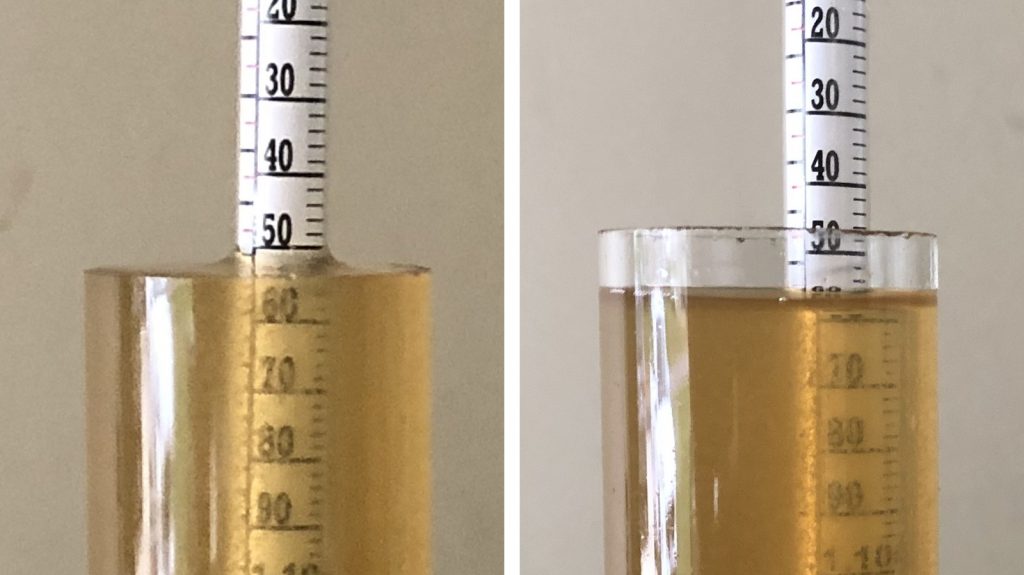
The filled carboys were placed in my chamber and left to finish chilling to my desired fermentation temperature of 66°F/19°C for a few hours before I pitched a pouch of Imperial Yeast A07 Flagship into each.
With signs of fermentation activity absent after 3 weeks, I took hydrometer measurements showing a small difference in FG between the beers.
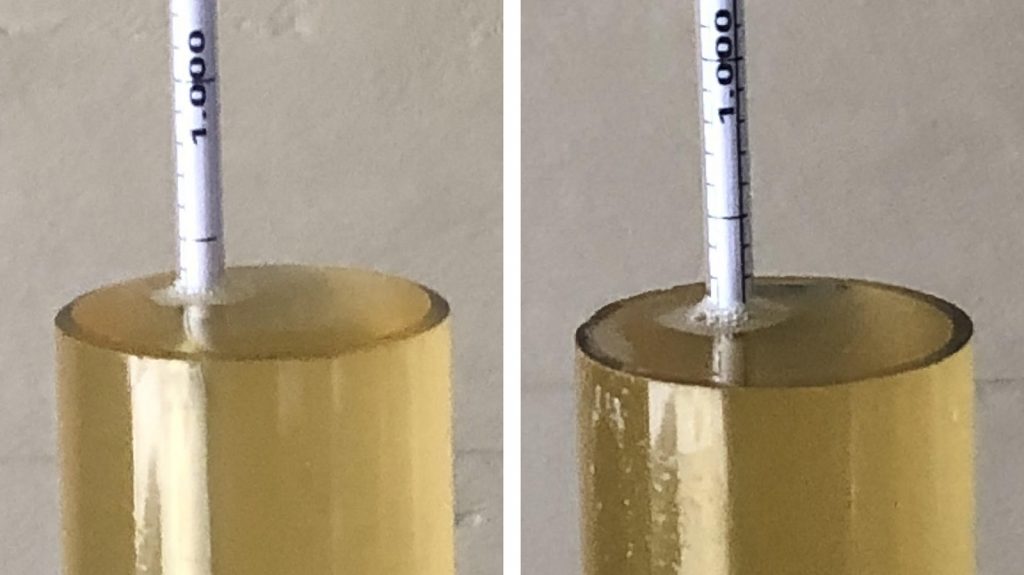
I then pressure transferred the beers into the kegs and placed in my keezer where they were left to condition for a week before they were ready to serve.
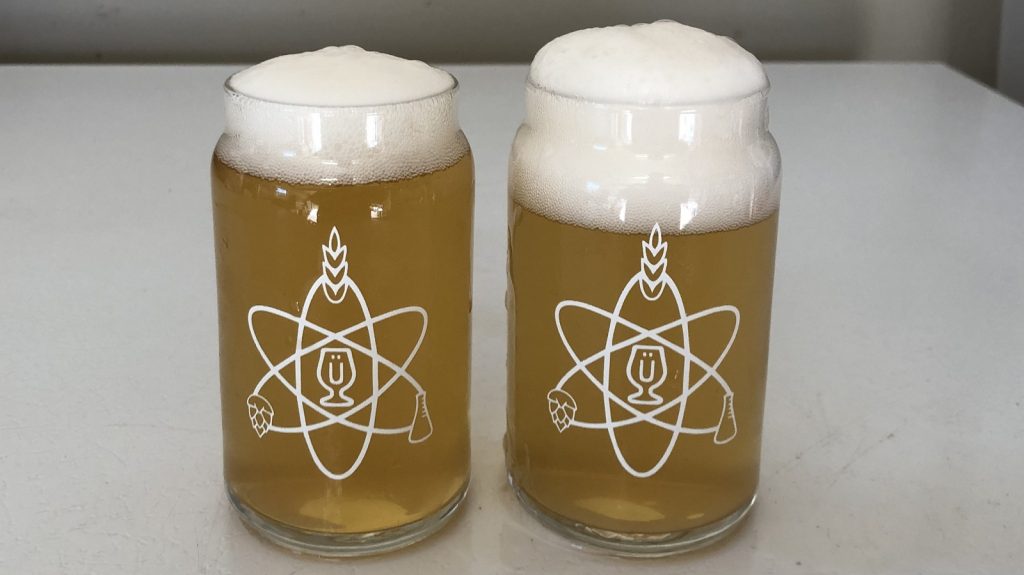
Given the purported benefits both chit malt and Carapils have on foam, I let the beers sit for 5 minutes after being poured to compare retention, and they seemed generally similar.
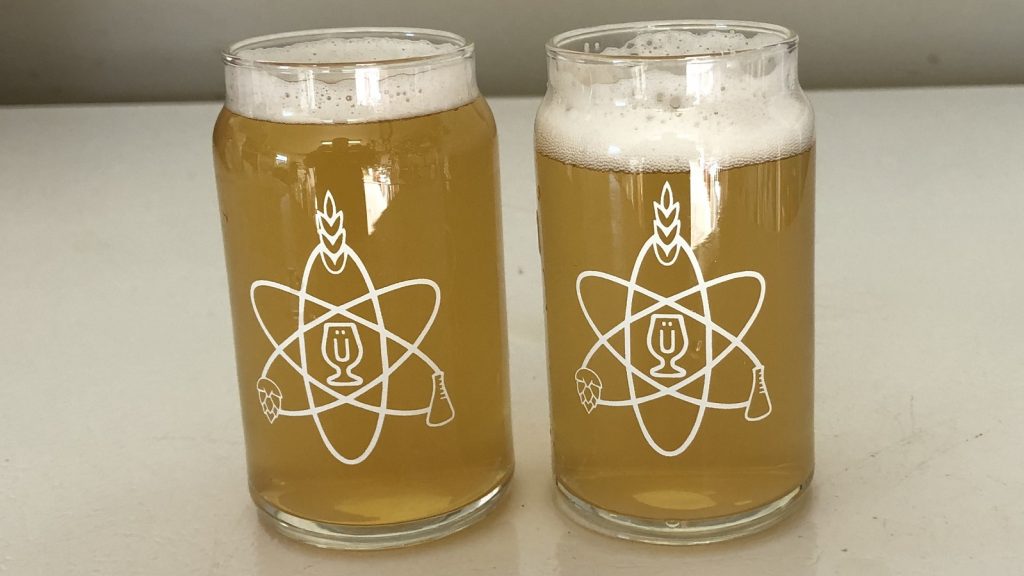
| RESULTS |
Cheers to Werk Force Brewing allowing me to collect data at their killer establishment. A total of 21 people of varying levels of experience participated in this xBmt. Each participant was served 1 sample of the beer made with chit malt and 2 samples of the beer made with Carapils in different colored opaque cups then asked to identify the unique sample. While 12 tasters (p<0.05) would have had to accurately identify the unique sample in order to reach statistical significance, only 6 did (p=0.75), indicating participants in this xBmt were unable to reliably distinguish a Blonde Ale made with chit malt from one made with an identical amount of Carapils.
My Impressions: Out of the 5 semi-blind triangle tests I attempted, I correctly identified the odd-beer-out once. To my senses, these beers were identical, both possessing a pleasant sweet malt flavor with a whisper of citrus hops and clean fermentation character. Over the course of drinking many samples from both kegs, I also never noticed any difference in foam quality or retention.
| DISCUSSION |
In addition to making beer look nice, foam serves the purpose of transporting desirable aromatics from the beer to the drinker’s nose, and hence it’s considered an essential component of a quality pint. While Carapils has been used for decades to enhance head and body, some brewers have switched to using chit malt due to evidence suggesting the former is foam negative. The fact tasters in this xBmt were unable to reliably distinguish a Blonde Ale made with chit malt from one made with the same amount of Carapils suggests any differences were small enough as to be largely imperceptible.
Seeing as both chit malt and Carapils are primarily used to enhance head development and retention, it’s not too surprising tasters couldn’t tell these beers apart based on aroma, flavor, and mouthfeel. Interestingly, both beers appeared to possess similar foam quality, retention, and lacing. While we can’t say whether this indicates the malts helped or hindered foam, it appears whatever impact they had was largely equal.
Due to the growing amount of evidence suggesting Carapils may not be as good of a foam and body enhancer as many believe, I’ve mostly stopped using it in my own brewing, and while my experience with chit malt has been limited, these results leave me feeling like I probably haven’t been missing much. While it’s possible both of these malts may serve a purpose in certain applications, I’ll be relying on more effective approaches to enhancing the foam quality and body of beers I brew.
If you have any thoughts about this xBmt, please do not hesitate to share in the comments section below!
Support Brülosophy In Style!
All designs are available in various colors and sizes on Amazon!
Follow Brülosophy on:
FACEBOOK | TWITTER | INSTAGRAM
If you enjoy this stuff and feel compelled to support Brulosophy.com, please check out the Support page for details on how you can very easily do so. Thanks!


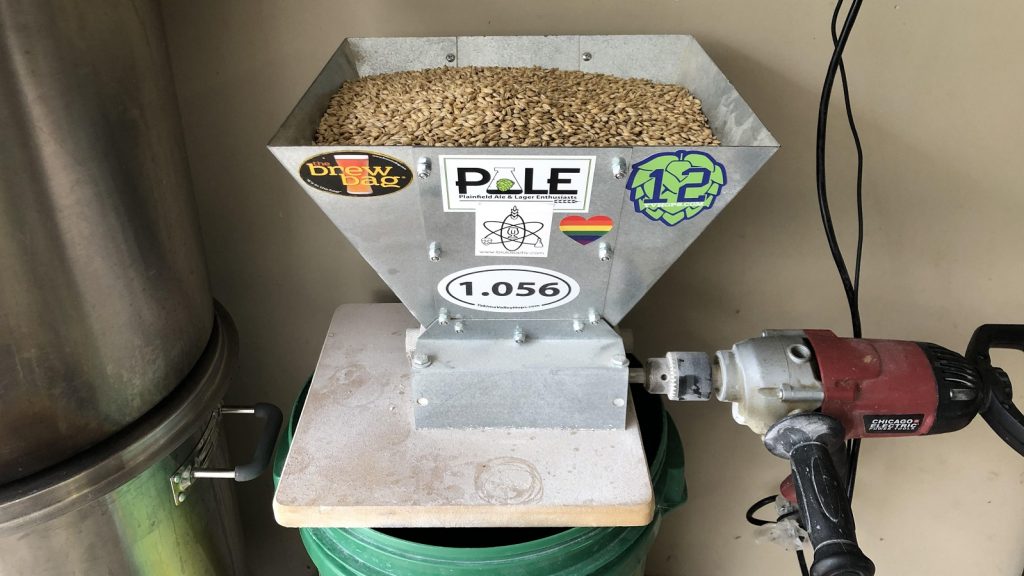
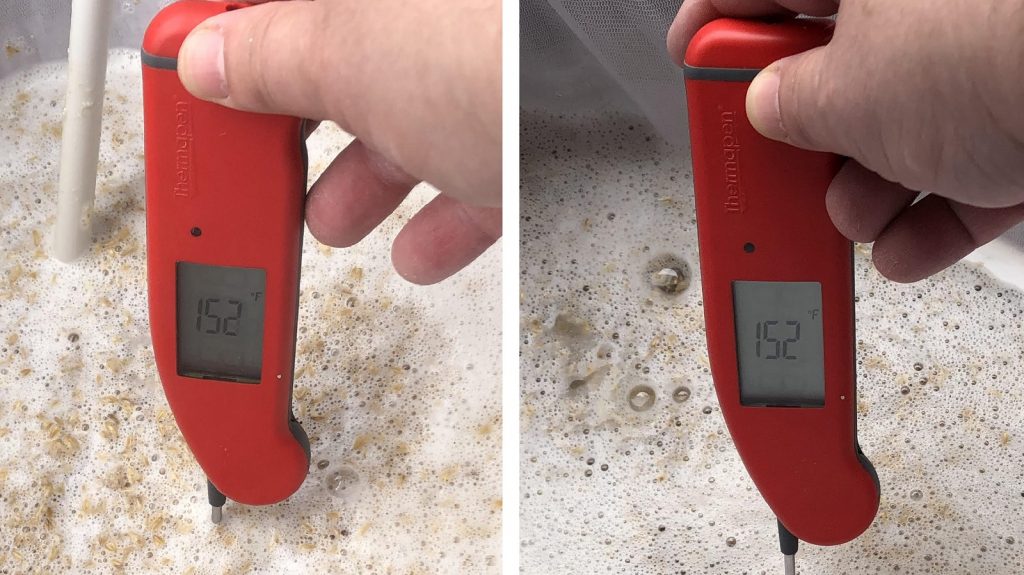
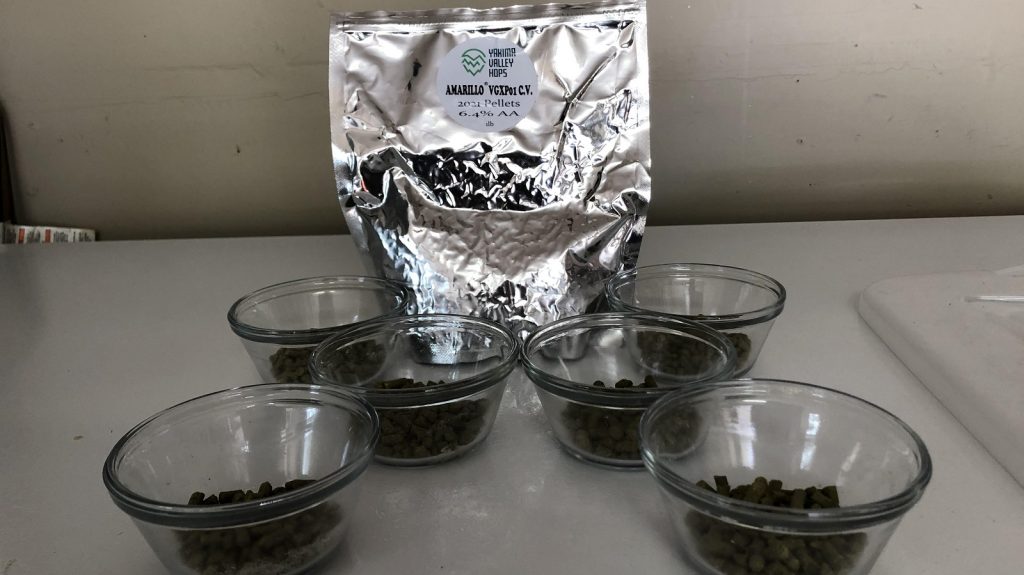
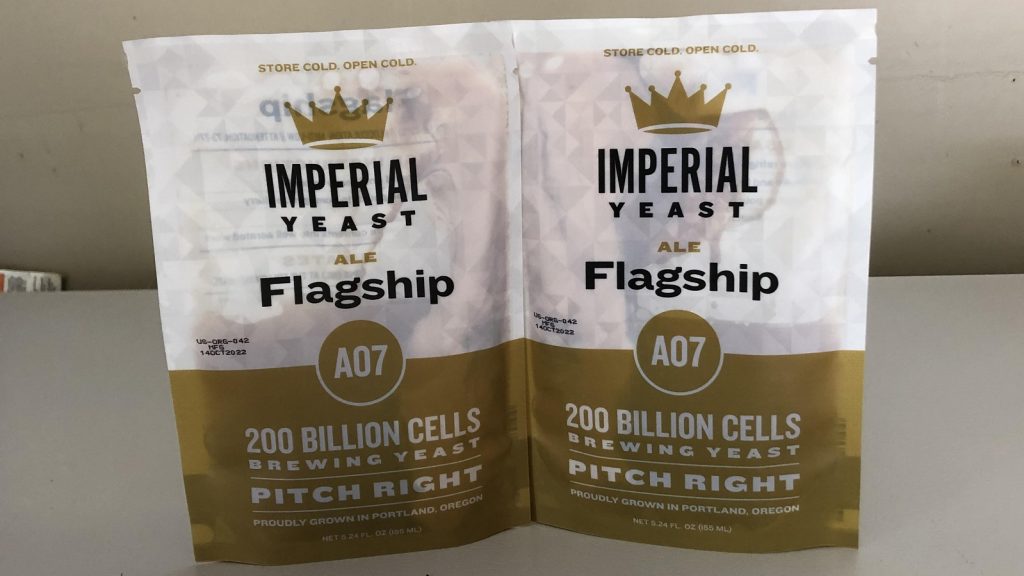











8 thoughts on “exBEERiment | Grain Comparison: Chit Malt vs. Carapils In A Blonde Ale”
“While 12 tasters (p<0.05) would have had to accurately identify the unique sample in order to reach statistical significance, only 6 did (p=0.75), indicating participants in this xBmt were [NOT] able to reliably distinguish a Blonde Ale made with chit malt from one made with an identical amount of Carapils." Correction inserted. Is there something I'm missing? This was the case in other exbeeriments. Time to lose the boilerplate. 😉 Thanks for the info.
What would you consider to be “effective approaches to enhancing the foam quality and body of beers”?
Foam positive step mash rests.
Interested to see the result using neither
Thanks for this experiment. The utility of purported foam enhancing malts has been a back burner concern of mine also. So I went back and looked at previous xbeeriments as well. I notice that all use a Pilsen malt as the base malt. Given that this is the least modified of all malts, I predict that they would be in less need of foam enhancement. That aligns with my own experiences where using pilsen as the base malt consistently results in good foam and lacing, even after a decent protein rest. My recommendation: Repeat this and other related trials using a highly modified base malt such as British or American pale ale, or even Vienna or Munich malts. Cheers.
I agree. Every beer I’ve made with only Pilsner malt has had plenty of foam. Enough to sometimes make pouring from the tap a real pain.
Hi there! Would a comparison of an all malt beer without any foam producing ingredients not be useful for comparison of affect? I’m surprised at the general similarity reported as I’ve used chit, and had flavour (raw grain flavours) come through, and cara with over done foam (mire than enough dextrins from mash schedule). At 10% each of grist, I would think that there would have been some differences. Just a thought!🍻
Maybe you just had ‘raw grain’ flavour come through because you knew the variable though. Did you a blind triangle test to eliminate bias?